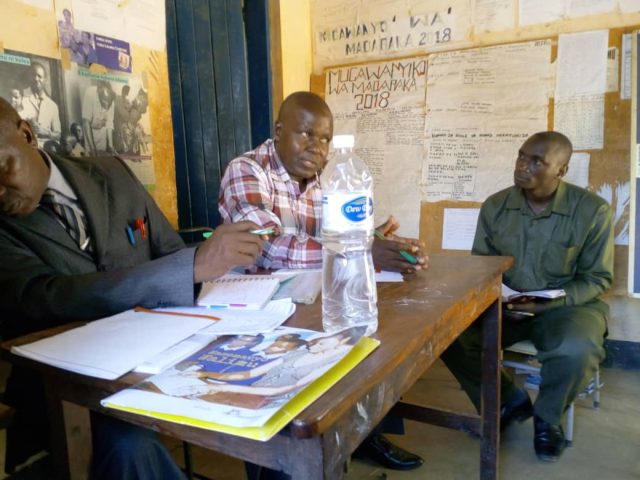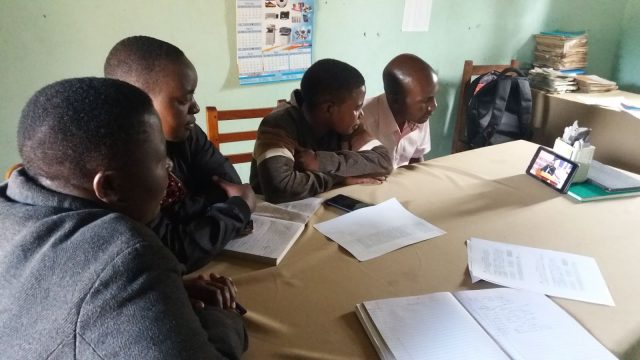KiuFunza is shorthand for Kiu ya Kujifunza, which means Thirst for Learning in Kiswahili. KiuFunza is a program that provides small cash incentives to public school teachers in Tanzania conditional on the learning outcomes of students in their class. The program goal is to improve foundational reading and numeracy skills in grades 1, 2 and 3, by providing inspiration and focus to the teaching staff.
The average per teacher bonus is modest at 3.5% of the average annual teacher salary. Because this is a performance bonus, some teachers earn much more than the average and some much less. The bonus amount depends on how many students a teacher teaches and how many 3Rs skills her students pass on the independent KiuFunza assessments.



